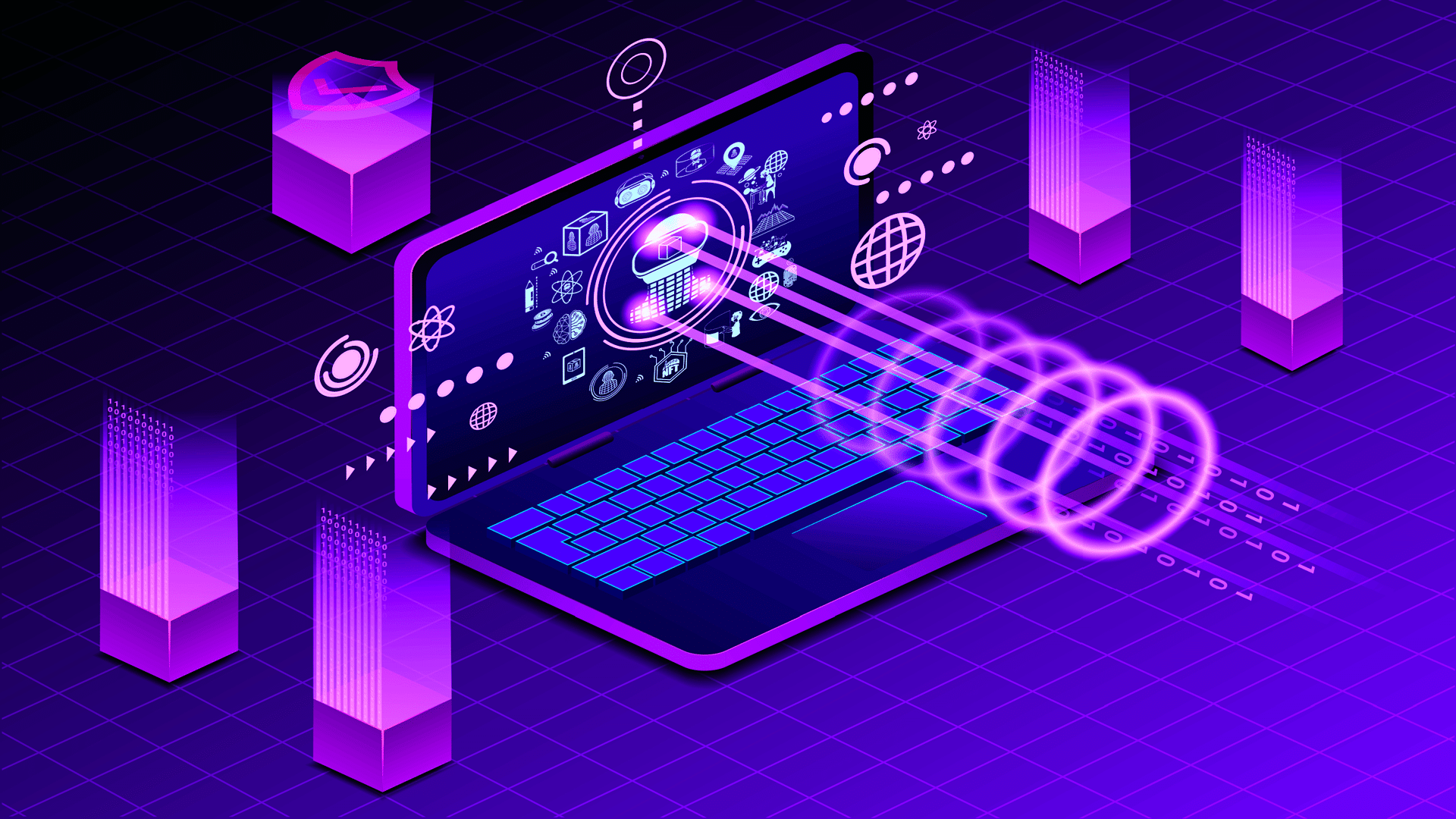
26 May The metaverse in the field of telecommunications: an opportunity?
The metaverse is one area in which many stakeholders in the technological industry, among others, can roll out products and services. Not just the things that are already available to users today but, above all, things that can be created and adapted for future needs. That’s why there’s so much expectation around virtual reality, as predictions and expectations often go beyond the scale of what seems reasonable, or even credible.
However, the role that companies that are specifically focussed on the world of telecommunications will play in the metaverse hasn’t been discussed all that much. What will data traffic be like in the metaverse? What communication networks will be needed to create a functional environment? What technical connectivity requirements will these networks involve? Is the metaverse a real opportunity?
Are telecommunications ready for the metaverse?
The answer is clear: yes. The metaverse, like any other technological paradigm shift over the last fifty years, will require the active participation of companies in the telecommunications market. Without them, the levels of connectivity required won’t be possible. And we’re talking about a different kind of connectivity than we’re used to. Users must be guaranteed their connection no matter what point they’re at or situation they’re in. The response must be immediate – almost instantaneous – and the stability and security in the flow of data packets must be such that there isn’t even a scenario in which they don’t exist.
Technologically, the capabilities of today’s 5G and FTTH should – at least in theory – offer these guarantees. However, demand will not be uniform and stable. The requirements of any given moment in the metaverse will require constant alterations based on a huge number of heterogeneous factors. Today’s telecommunications networks must adapt to this new reality. Modifying the configuration of an entire network, until recently, was a daunting task that required several months’ work. The metaverse will require this kind of integral modification thousands of times every day.
Programmable networks
The solution to this demanding new context is programmable networks, what telecommunications operators conceptually call NaaS, or network-as-a-service. Programming changes will be made within networks through APIs (application programming interfaces), software environments where automation will be possible, to adapt the behaviour of the network to the changing needs of the metaverse, following the same operating model that can already be seen in the fields of software and processing ‘in the Cloud’.
The business model for telecommunications companies
In this context, the telecommunications market should be prepared for some truly significant paradigm and functional shifts. Big operators will compete on an equal footing with other firms that are smaller, but more specialised. Eduardo Fitas, Director of Communications at Accenture in Spain, Portugal and Israel, expects three major types of companies to have a presence:
- Infrastructure: operating, managing and developing networks. There won’t be many and they’ll provide wholesale services.
- Connectivity-based solutions: very similar to current operators, but they’ll specialise more in technologies, connectivity alternatives, virtualisation of platforms and technologies, etc.
- Services: supported by the solutions facilitated by the above, they’ll build their business models in the metaverse offering various solutions to end users.
The way we understand connectivity, and even the internet itself, will be transformed by the metaverse. As a result – as was the case with web 2.0 – telecommunications companies must set their sights on this enormous set of opportunities in order to develop and grow.

